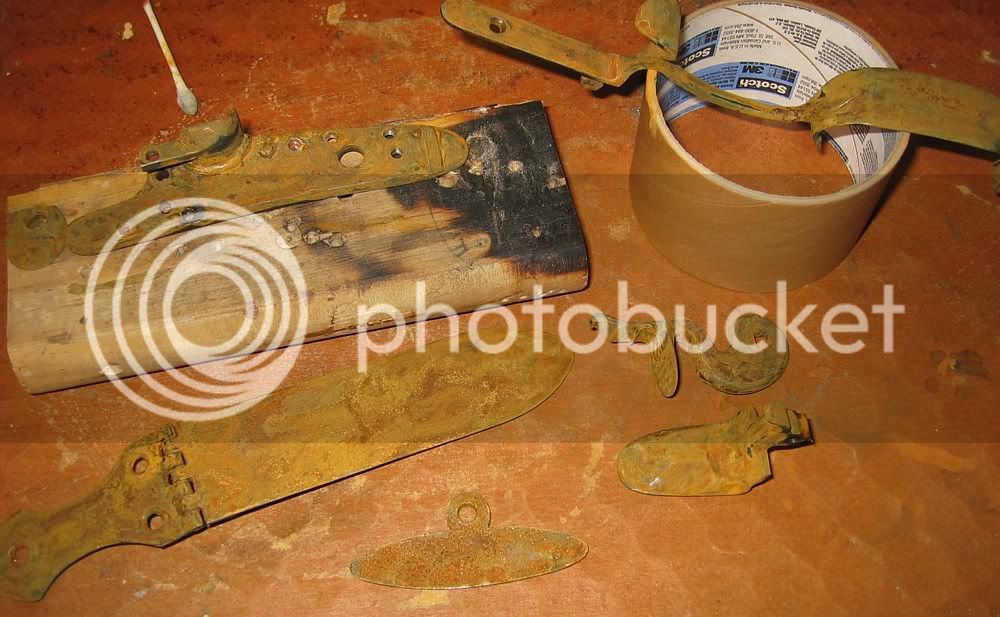StevenHawken
32 Cal.
- Joined
- Mar 4, 2012
- Messages
- 7
- Reaction score
- 0
I have been thinking about a lefty flinlock Hawken kit TOTW sells. I can do any woodworking & finishing as I used to make musical instruments and even any metal machining necessary, but my biggest concern is finishing the metal. My experience in this is using cold blue for touchups, which is about all it's good for. I would want to brown the barrel at least but have heard cold browning solution is just as bad as cold blue for large jobs.
OOPS this should go in the Builder's Bench sorry!
OOPS this should go in the Builder's Bench sorry!





